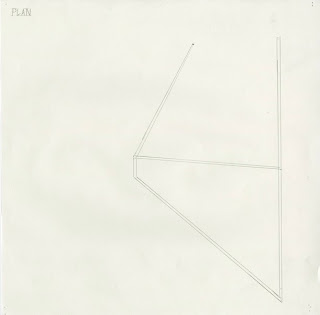

Making my house footprint was interesting in trying to make a box look visually interesting. Using color to mark special lines helped with making my plan interesting. Drawing the topo lines also really made me think in depth of mine and my neighbor's yards as most of us have raised yards at different heights. Making a logo for my "Smitty & Son's" company was fun too and also adds to the visual interest.


























